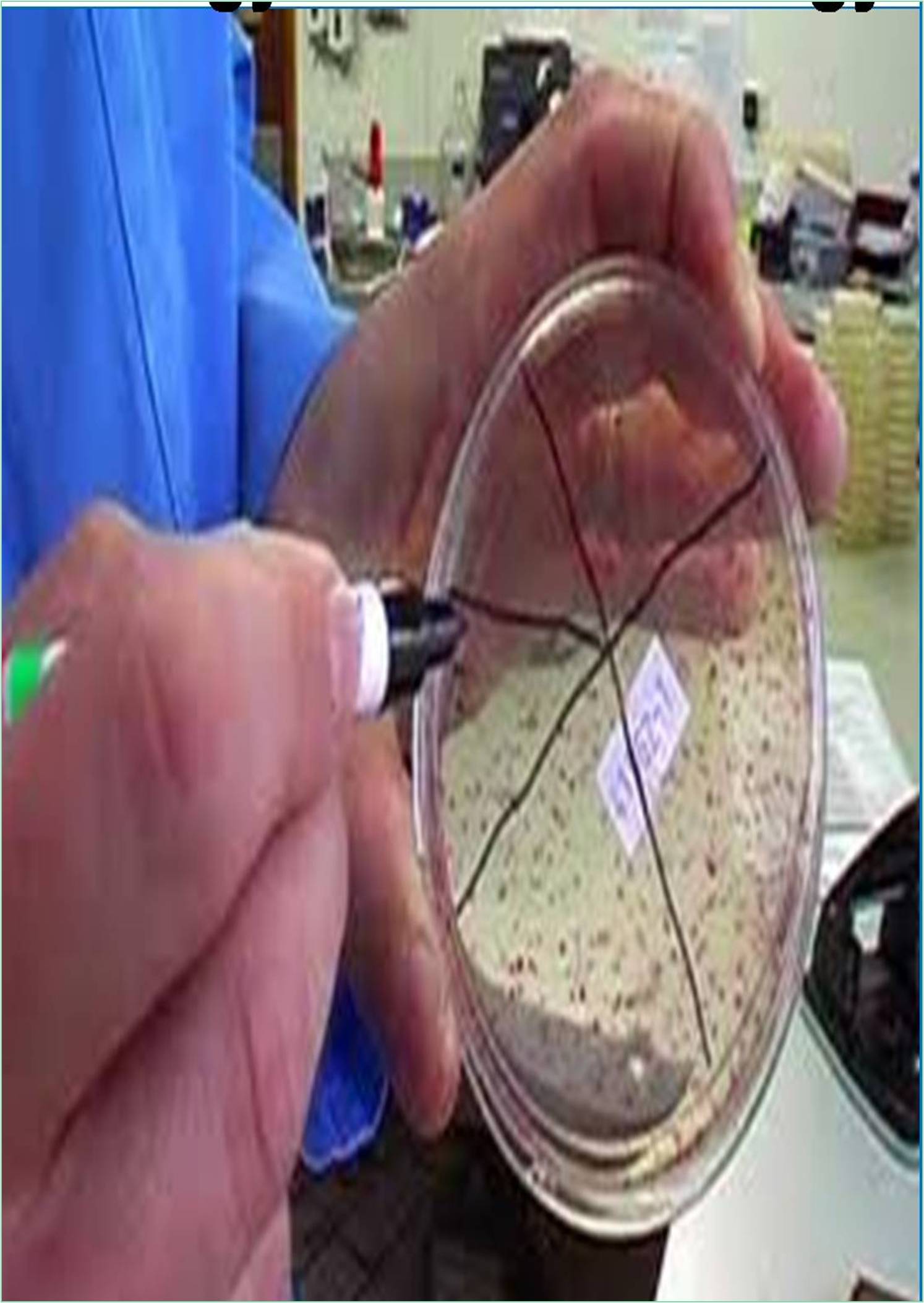



Received: 01-Aug-2022, Manuscript No. GJVI-22-72094; Editor assigned: 05-Aug-2022, Pre QC No. GJVI-22-72094 (PQ); Reviewed: 22-Aug-2022, QC No. GJVI-22-72094; Revised: 29-Aug-2022, Manuscript No. GJVI-22-72094 (R); Published: 05-Sep-2022, DOI: 10.15651/2229-3239.22.2.001
Zabdeno is a vaccine that available to protect adults and children of one year age or older from the ebolavirus disease brought on by the Zaire ebolavirus. As part of a vaccination regimen, it is combined with Mvabea, another anti-Ebola vaccine. Adenovirus, which is present in Zabdeno, has been altered to facilitate the creation of an ebolavirus protein from Zaire. Adenoviruses don't affect people in any way. Only a little portion of the Zaire ebolavirus is present in zabdeno, which means it cannot spread the ebolavirus.
Only a qualified healthcare professional can suggest it. It is administered as a single injection, and then Mvabea is administered about 8 weeks later. A booster dose of Zabdeno may be administered to those who have already received the Mvabea and Zabdeno injections more than 4 months ago and are at immediate danger of contracting the ebolavirus. Injections are given into the muscle around the shoulder or a muscle of the thigh.
A viral protein present on the Zaire ebolavirus will be produced as a result of the active ingredient in zabdeno. The viral protein in the vaccination stimulates an immunological response in the recipient. The immune system recognises the viral proteins and is ready to destroy the virus if the individual subsequently comes into touch with the actual virus, sparing them from the sickness brought on by the ebolavirus.
Zabdeno, when combined with Mvabea, can cause the creation of antibodies that can defend against the Zaire ebolavirus. The antibody level produced in humans after vaccination with Zabdeno and Mvabea would be projected to lead to an approximate 53% survival probability if infected with a fully deadly dosage, based on animal experiments with a fully lethal dose of the virus. The technique utilised in the animal research, however, causes a more serious infection than a human would experience naturally. The vaccine regimen can protect against the ebolavirus sickness, but the degree and length of protection are still unknown; the business will release more information.
Adults taking Zabdeno may experience the following adverse effects, which may affect more than one in ten people: fatigue, headache, muscular soreness, joint pain, and chills.
The most frequent adverse effects which may affect more than one in ten persons among children and adolescents between the ages of 1 and 17 are pain at the injection site, fatigue, decreased activity, decreased appetite, and irritability.
As part of a two-dose vaccination protocol, Zabdeno and Mvabea stimulate an immunological response that can protect against the ebolavirus sickness. The European Medicines Agency believed that the benefits of the vaccination could be of major relevance to assist containing an outbreak and avoid death, despite the fact that the amount and duration of protection against the virus have not yet been confirmed.
The majority of adverse effects are low to moderate in severity and transient in terms of safety. The Agency consequently determined that Zabdeno can be used in the EU because its advantages outweigh its hazards. The use of zabdeno has been approved in "rare situations." This is because it has not been possible to gather entire information regarding Zabdeno for scientific and ethical grounds. The Agency will assess any new material that becomes available each year, and as needed, this overview will be updated.